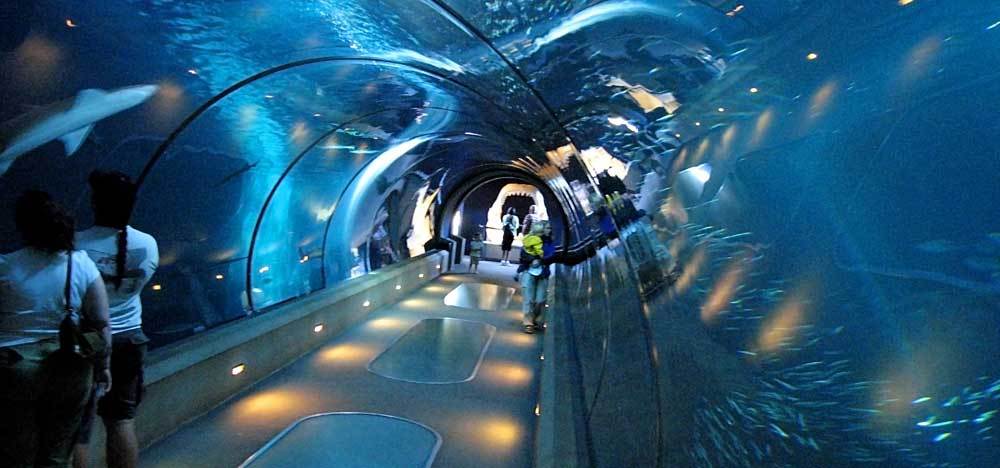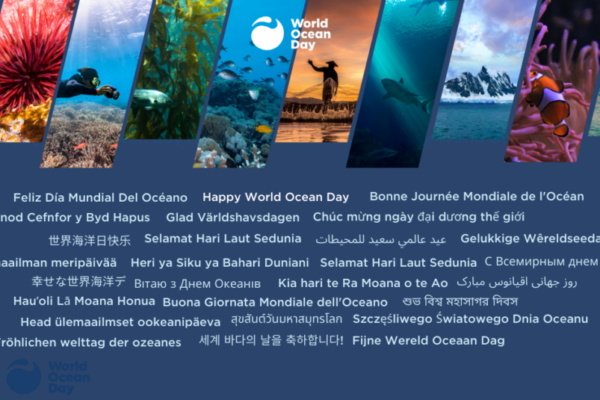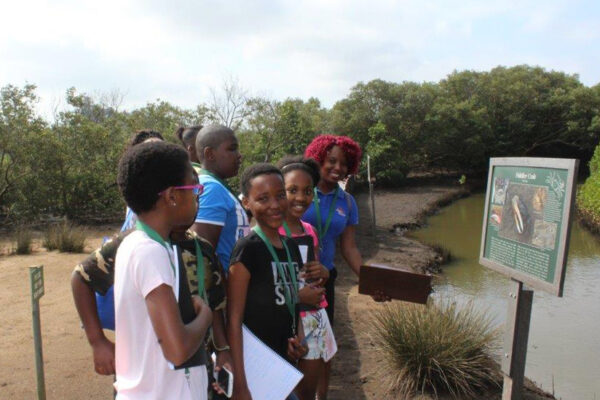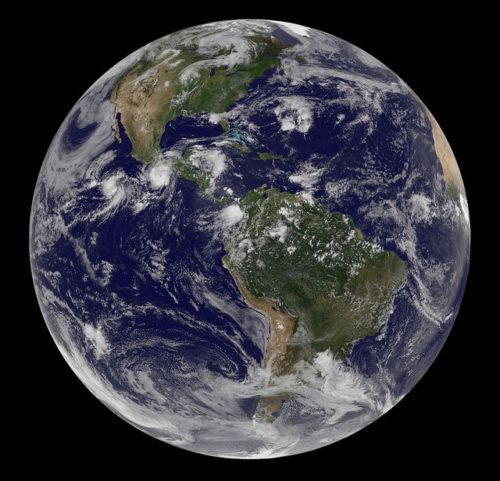This guest post by Teresa Mealy of Oregon Coast Aquarium is the first in a 3-part series on their Innovative Solutions Grants+ project, exploring the question “How do we fuel behavior changes in teens to decrease their impact on ocean acidification?”
Drive, enthusiasm and passion for change; these are three qualities that fuel the teen members of the MOANA group (Making Ocean Acidification Nationally Aware). Moana, the Hawaiian word for ocean, represents the underlying interest that connects these teens, but also stands for something more. Making Ocean Acidification Nationally Aware, is not just a name or a connection, it is the ultimate goal for this group of driven, enthusiastic and impassioned youth.
With support from the Ocean Project’s Innovative 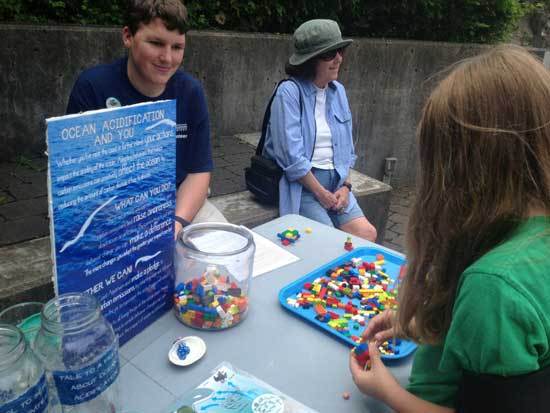 Solutions Grants Program, five youth volunteers will examine a single question: “How do we fuel behavior changes in teens to decrease their impact on ocean acidification?” Using social marketing as a foundation, the teens will explore how to create a campaign to encourage positive behavior changes by their peers. For these volunteers to share their campaign with the world, they need to become informed advocates.
Solutions Grants Program, five youth volunteers will examine a single question: “How do we fuel behavior changes in teens to decrease their impact on ocean acidification?” Using social marketing as a foundation, the teens will explore how to create a campaign to encourage positive behavior changes by their peers. For these volunteers to share their campaign with the world, they need to become informed advocates.
Their training will include:
- Training with a community based social marketing guru, with hands-on activities to develop and practice messaging strategies.
- Webinars with evaluation consultants to zone in on the behavior asks for their peers, and how they’ll measure the success of their efforts.
- Workshops and field trips to meet with ocean acidification researchers and experts.
The youth volunteers will be involved in every step, from creating the messages, to testing the audiences, and evaluating their techniques. In fact, these teens will not only participate, they will lead the process. Their role as decision makers in this project provides a unique set of challenges and rewards for these young volunteers and Aquarium staff alike.
The first task the MOANA Group will tackle, after learning some of the basics of community based social marketing, is deciding on the messages they want to test in addition to the campaign’s delivery mechanisms. Ultimately, the goal is for the volunteers to develop and test a campaign that helps them connect with their peers in a way that compels their peers to learn about ocean acidification and change their behavior. With five minds contributing perspectives to the process, reigning in the collective genius to pick and focus on a limited number of messages may prove challenging.
Another challenge is the distance and schedules of the youth volunteers. Most of the participants live on the coast, but a few commute from as much as one-and-a-half hours away. To facilitate communication between in-person meetings, the students are familiarizing themselves with Google Hangouts. This technology allows them to meet face to face from miles away to interact and share ideas in a quick, informal 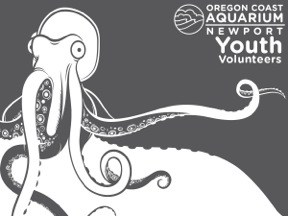 setting without taking precious time away from homework or extracurricular activities.
setting without taking precious time away from homework or extracurricular activities.
The goal of this project is ambitious, and there are undoubtedly many more unforeseen challenges on the horizon, but one thing is certain, it is a goal these teens whole heartedly accept. Their love for the ocean is inspiring and that is a quality they will count on. They hope their passion, enthusiasm and drive will inspire others to care for the oceans, and in turn, help MOANA.
-- Teresa Mealy, Youth Programs Coordinator at Oregon Coast Aquarium

